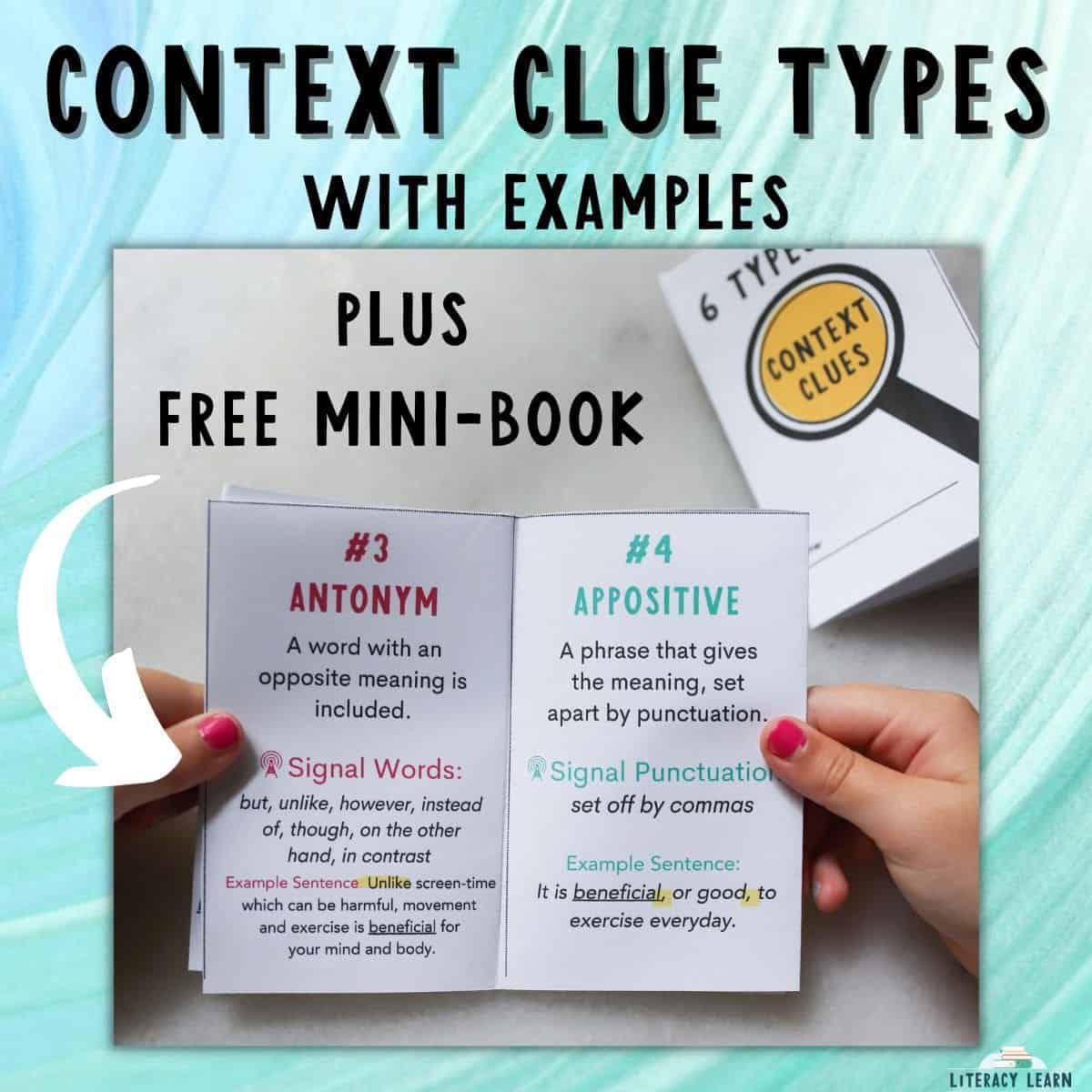What Happened When I Took My Work Out of Context
Context Was Diluting the Work, Not Elevating It
Theory: Too much background information weakens focus and makes the work feel less sharp.
I used to explain every project with a paragraph of context—who it was for, what problem it solved, how long it took, what tools I used. I thought I was helping people understand the depth. But what I really did was soften the clarity. The more words I added, the more the actual work got buried. Even strong projects looked ordinary once I wrapped them in safe, polite language. Clients weren’t seeing what I wanted them to see. They were just skimming through noise.
The Brain Processes Images Faster Than Narratives
Theory: Visuals offer cognitive shortcuts—no explanation needed when recognition is immediate.
When I stripped everything down and left only the visual output—no client names, no goals, just the raw result—people responded faster. Why? Because visuals don’t require translation. The human brain processes images 60,000 times faster than text. It takes under a second for someone to decide: This feels right. The minute you force them to read context before showing the work, you slow them down. And in a fast-scrolling world, that delay kills clarity. It kills momentum. So I let the images speak.
Context Tells the Viewer What to Think—But That’s the Wrong Move
Theory: When you explain too much, you rob the viewer of interpretation—and connection.
I realized I was over-controlling the story. When I told people what the project meant, I left them no room to feel it. No space to imagine it being theirs. But when I removed the frame, the work became more flexible. One client saw a website I built and imagined using the same structure for a completely different product. That would’ve never happened if I had pinned it down with too much backstory. Leaving out context let people project themselves into the work. That’s where connection started.
Clarity Is a Feeling—Not an Explanation
Theory: People don’t remember what you told them. They remember how instantly clear it felt.
Psychology calls this cognitive fluency: the easier something is to process, the more positively it’s received. If someone has to pause to “figure out” what a project was about, you’ve already lost them. But if they just get it—even without all the facts—they feel smarter, more trusting, more certain. That’s why removing the extra words worked. I wasn’t dumbing it down. I was removing friction. I let the shape of the idea show up clean. No clutter. No proof. Just the pulse of the work itself.
The Right Clients Don’t Need the Backstory
Theory: Ideal-fit clients are attracted by alignment, not explanation.
After removing all the context, the responses I got weren’t generic. They were specific. “That layout is exactly what we’re trying to do.” “Can you help us simplify like you did in that second project?” These weren’t people who needed convincing. They already saw what they wanted. They didn’t ask about who the project was for. They didn’t care if I used Figma or Webflow or code. They saw a way of thinking—and recognized it as useful to them. That recognition was only possible when the work stood alone.
Less Context = More Trust
Theory: Audiences interpret minimalism as confidence.
There’s something strange that happens when you don’t explain: people assume you don’t need to. In fact, they assume the work must be good enough to stand alone. And that assumption builds trust. It’s the same reason a confident speaker pauses longer. Or why luxury brands show a product without price or pitch. When I removed the justifications, the tone shifted from “please hire me” to “here’s what I do—take a look.” That shift didn’t just change perception. It changed the power dynamic.
When You Stop Explaining, You Start Revealing
Theory: Clarity isn’t about saying more. It’s about showing what matters—without noise.
The truth is, my work didn’t get better. But the way I presented it finally let people see its shape. By taking away context, I revealed the part that mattered: the thinking. Not the job title. Not the timeline. Just the decision-making, the design, the sharpness. Before, I was hiding that behind too much detail. But now? The best parts were front and center. Clients didn’t need to decode me anymore. They just recognized something sharp, and they replied.
- Art
- Causes
- Crafts
- Dance
- Drinks
- Film
- Fitness
- Food
- Juegos
- Gardening
- Health
- Home
- Literature
- Music
- Networking
- DATING
- Party
- Religion
- Shopping
- Sports
- Theater
- Wellness




